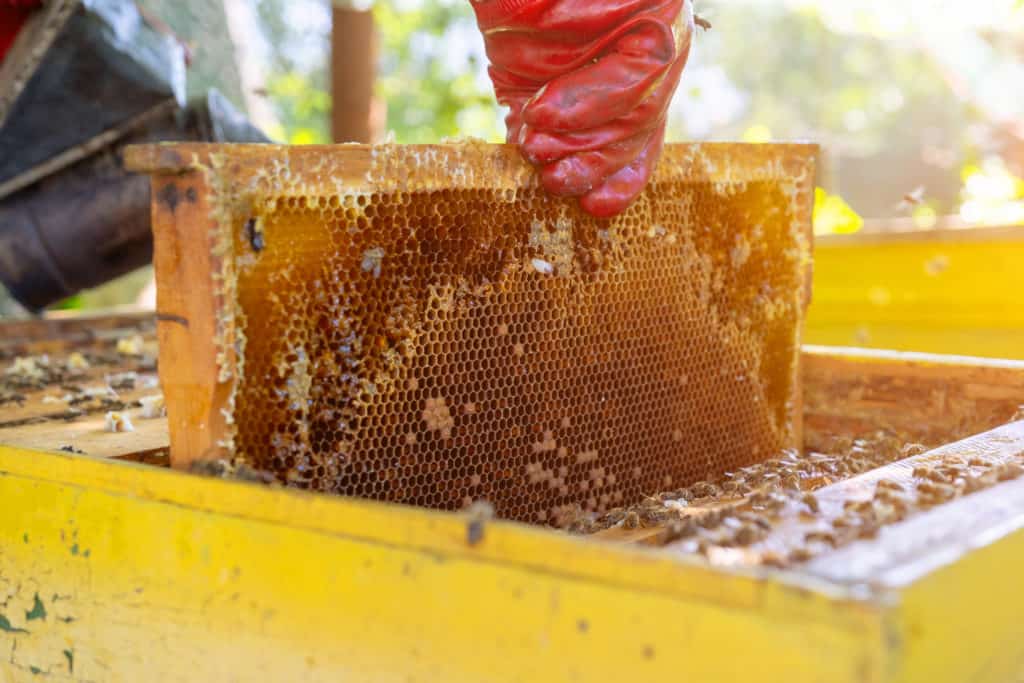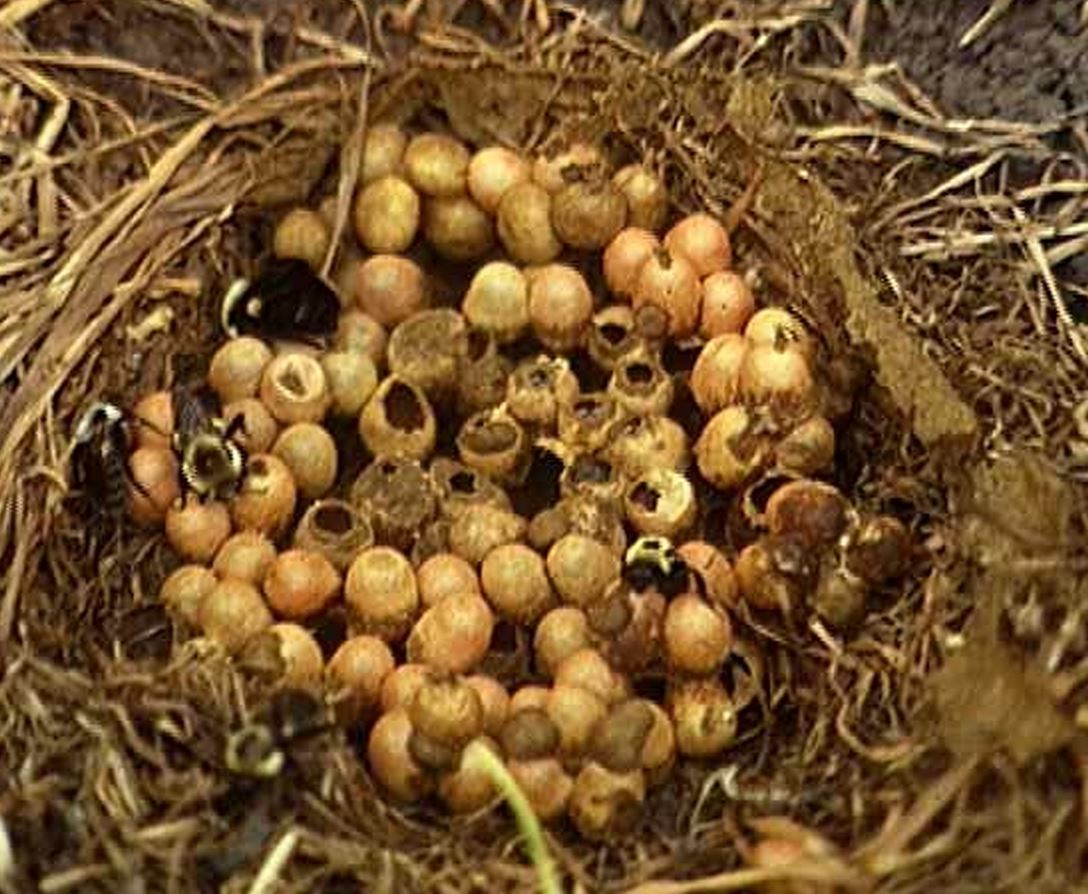

Comprehensive Cleanup - With the nest gone, we move on to cleaning up any residue left by the honey bees, as well as identifying items that might serve as a source of food or harborage site for these insects.By removing every nest at the earliest opportunity, we make it harder for the honey bees to spread.

We make sure to avoid aggravating the bees while we are taking their nest away so that your family and our employees do not get stung in the process. Honey Bee Hive/Nest Removal - Once we are sure of the insects’ identities, the next step is to get their nest out of your yard as seamlessly as possible.The better we understand the problem, the easier it is to stop it and prevent it from happening again. Different insects warrant different removal methods, so it’s important to know what we’re dealing with at the outset. Insect Identification - At the beginning of each bee hive removal job, we inspect the property to locate the nest and make sure the insects in question are in fact honey bees, wasps, hornets, or yellow jackets, as well as what particular type of honey bees they are.When beekeepers extract honey from hives, the comb is easily left intact, though beekeepers sell honey comb as well. The hexagonal cells of the honeycomb are used to house larvae and other brood, as well as to store honey, nectar and pollen. Workers chew these pieces of wax until they become soft and moldable, and then add the chewed wax to the honeycomb construction. The glands of worker bees convert the sugar contents of honey into wax, which oozes through the bee's small pores to produce tiny flakes of wax on their abdomens. After returning to the hive, the worker bee transfers the nectar from her tongue to another worker's tongue, where the liquid from the nectar evaporates and becomes honey. If the queen is transferred to the hive with brood, the rest of the bees will eventually follow, although it may be necessary to leave the hive there for a few hours or overnight. The brood comb must be cut out and wired into frames that get put in a hive. When they carry nectar within their pollen pouch, it mixes with a specialized enzyme. A swarm usually relocates to a permanent nesta hollow tree, abandoned beekeepers hive, or inside a hollow wallwithin 24 hours. This process is difficult because it may damage your home. Workers forage for food and gather nectar from different flowering plants. Around the time a worker bee turns 10 days old, she develops a unique wax-producing gland inside her abdomen. When worker bees crowd together within a hive, the hive remains at around 30 to 35 degrees Celsius, the temperature necessary to control the texture of the wax.Īlthough worker bees only live for approximately six weeks, they spend their lives performing tasks that benefit the survival of their colony. Similar to the habits of domesticated honey bees, they construct hives by chewing wax until it becomes soft, then bonding large quantities of wax into the cells of a honeycomb. Cover entrances with old rags or other rags to prevent the insecticide from washing off or being blown away by the wind and to prevent yellow jackets from escaping. Be sure to also look at the sides of the door. Wild honey bees make hives in rock crevices, hollow trees and other areas that scout bees believe are appropriate for their colony. Spray the entrances with a considerable amount of the bee killer. Other honey bee hives remain light in color. Some hives develop broods which become dark in color over time because of cocoon tracks and travel stains. Honey bee hives are made of six-sided tubes, which are the shapes for optimal honey production because they require less wax and can hold more honey. Worker honey bees make hives to store honey and feed themselves throughout winter when they cannot go outdoors to forage for food.


 0 kommentar(er)
0 kommentar(er)
